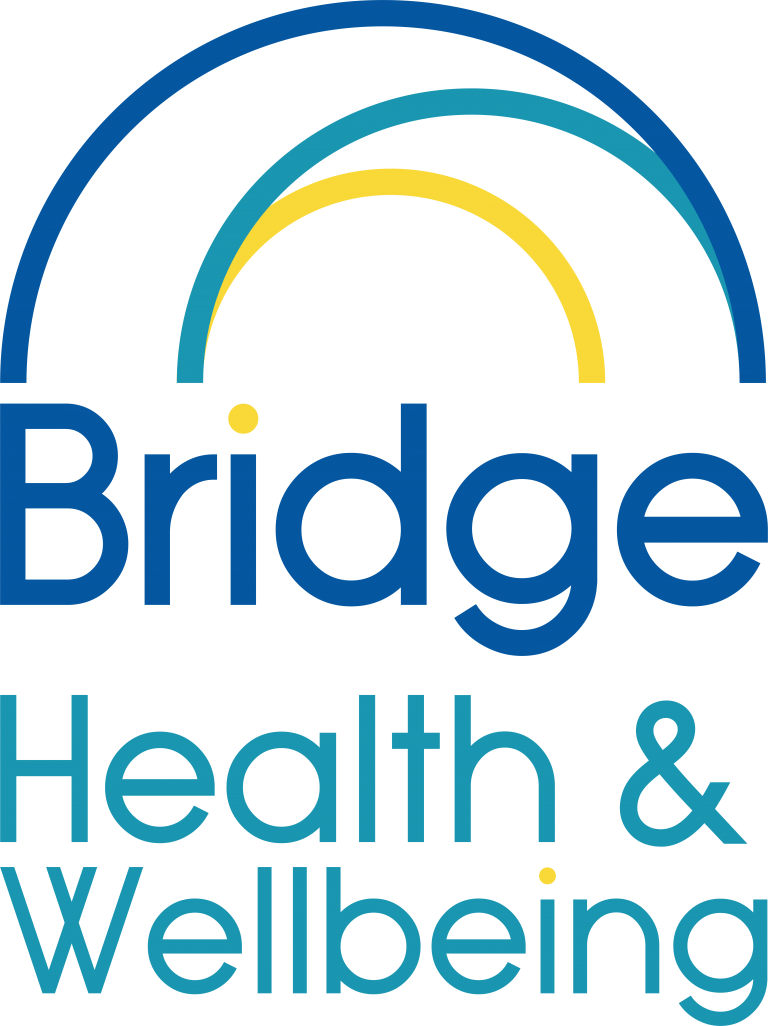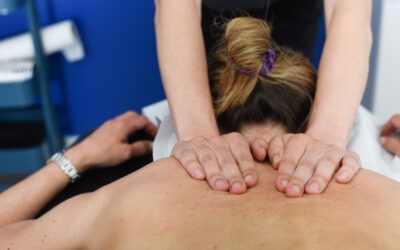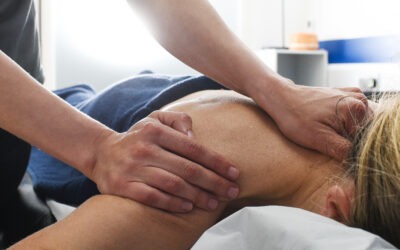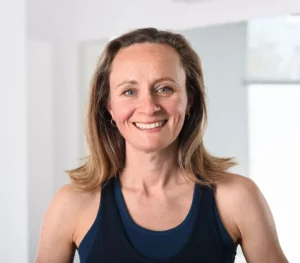 This is a commonly asked question: What’s the difference between Pilates reformer and mat-based Pilates? How do you know which is right for you?
This is a commonly asked question: What’s the difference between Pilates reformer and mat-based Pilates? How do you know which is right for you?
Our Pilates teacher, Louise, provides some insight into these different styles of Pilates exercise.
“Both Pilates reformer and mat-based Pilates work on the same principles and aim to help you apply these principles to your everyday life. They are both about creating awareness of movement and improving your strength, flexibility and mobility.
The Pilates reformer is an adjustable piece of apparatus that can accommodate individual proportions and varying abilities.
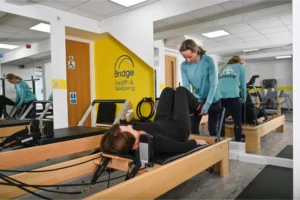
At our clinic in Christchurch, we have five M8 Maple Align Pilates reformers and offer small group classes and one-to-one or two-to-one sessions.
Each Pilates reformer has five springs of varying intensity. These offer variable resistance to your movements. The resistance can, when combined with gravity, add more of a challenge to the movement. Or it can offset gravity, offering you more support with the exercise. The more springs that you have on doesn’t always mean harder work. Sometimes, the lighter springs can offer you more of a challenge to control the movement.
If you have limited mobility, the raised position of the reformer allows you to access the benefits of Pilates without having to get up and down off the floor.
The Pilates reformer uses ‘closed chain’ exercises. This means you get feedback on your movements, allowing you to ‘feel’ the exercise and your body’s position, creating more awareness. As a teacher, it allows me to see body symmetry more clearly and helps me to correct your alignment and body positioning.
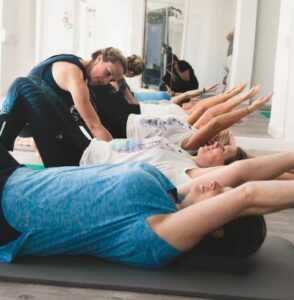 The mat work Pilates series is exactly that: exercises performed on the mat or while standing.
The mat work Pilates series is exactly that: exercises performed on the mat or while standing.
Mat Pilates uses thicker mats than yoga mats. This gives us greater cushioning when performing rolling or kneeling exercises. In comparison, yoga uses thinner, more sticky mats to give grip when holding a posture.
As with exercising on the Pilates reformer, in a mat Pilates class, you still focus on the alignment of the spine, breathing and centering – the ABCs. But rather than having an external resistance to work against, you are using your own body weight.
During the class, you move through a series of exercises, which can be progressed as you become stronger. This might mean more advanced exercises or using some of the smaller equipment, such as the Pilates ring, stretch bands, balls or light weights.
The classical mat is based on Joseph Pilates’s original sequence of mat exercises. When performed without apparatus, it is a challenging, heart-rate-raising workout that can be very invigorating.”
The style of Pilates you prefer can come down to personal preference.
Here’s what a few of our clients say:
“I very much enjoyed learning a different form of Pilates which had a tremendous effect on my fitness and posture. Alan started Reformer last October and is amazed to find what a difference it has made to his flexibility and core strength. With targeted exercises, Reformer can focus on parts of your body that need help, thus helping problem areas and generally slowing the aging process.” – Sheila & Alan
“I’ve been attending Louise’s Pilates classes for almost a year and it’s made a dramatic difference to my strength and range of motion. Louse is a fab teacher, always smiling and gives individual attention when needed.” – Jo
If you are unsure which is right for you, pop into our clinic on Bridge Street, Christchurch or give us a call. We would be happy to discuss the options with you. If you haven’t tried Pilates reformer before, we encourage you to come and have a look at the apparatus. Pilates reformer is suitable for beginners who have done no Pilates before, as well as people with many years of Pilates experience.
Whichever form of Pilates you prefer, our highly trained teachers, Louise, Alex, Hazel and Stewart, look forward to welcoming you. Book your Pilates class online or call 01202 473800 or email info@bridgehw.com to book your reformer session.
